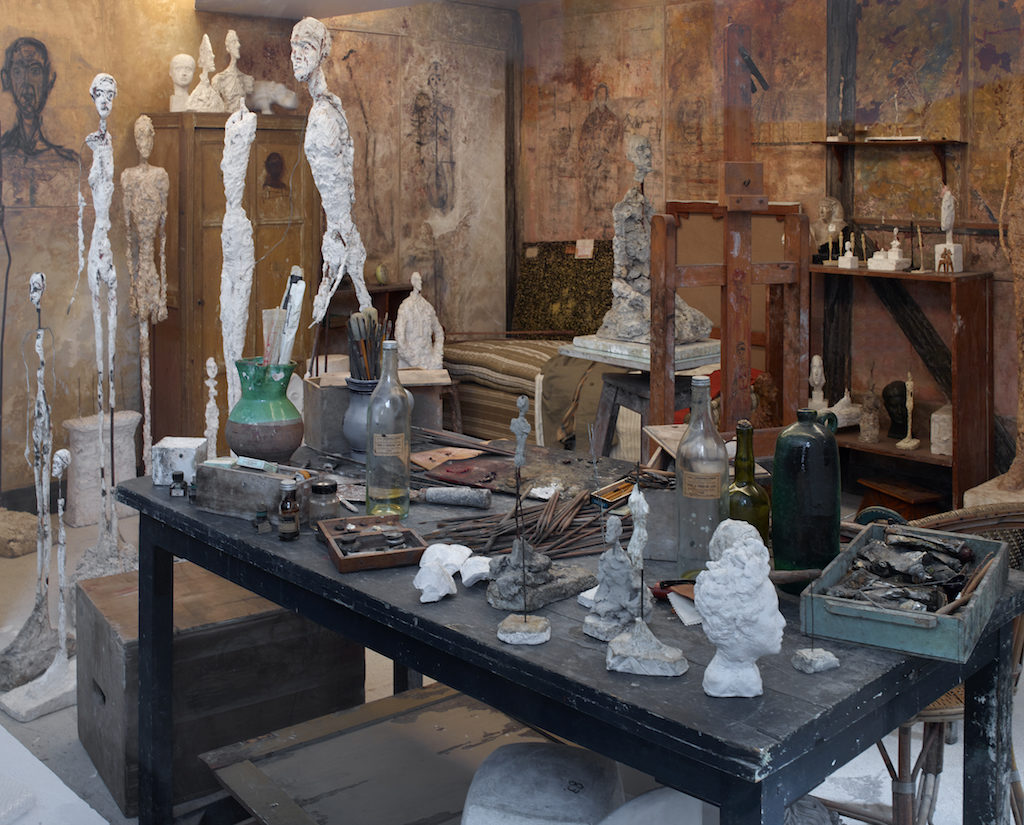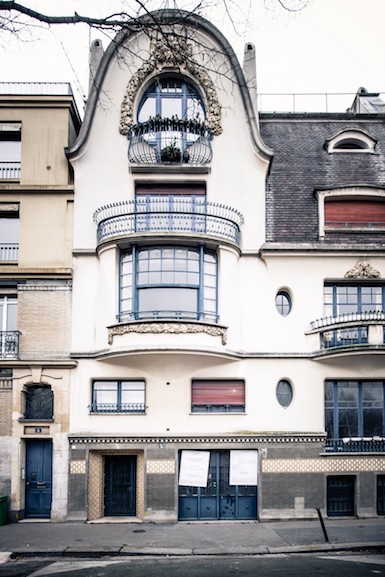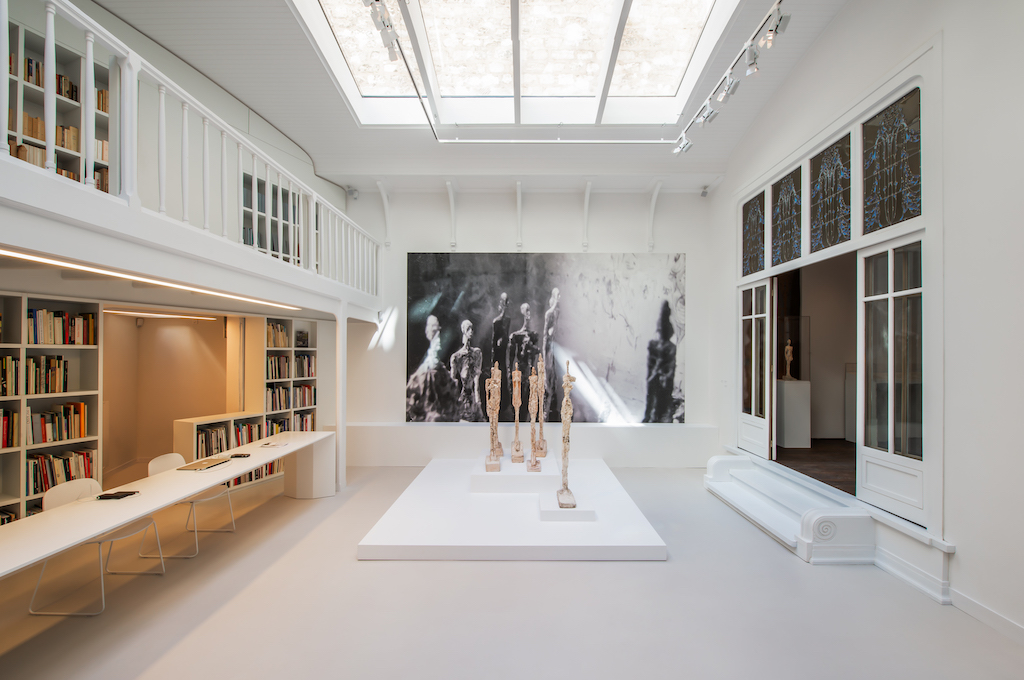[ad_1]

Inside Alberto Giacometti’s atelier.
MARC DOMAGE/SUCCESSION ALBERTO GIACOMETTI FOUNDATION, PARIS/ADAGP, PARIS
In 1926, when Alberto Giacometti moved into his studio in an unassuming atelier in the Parisian neighborhood of Montparnasse, he thought it was tiny. “But the longer I stayed, the bigger it became,” the artist later recalled. “I could fit anything I wanted into it.” He would remain in the dimly lit space—which had a leaky roof and, often, no running water—for nearly 40 years.

The facade of 5 Rue Schoelcher, where the reconstructed version of Giacometti’s studio is housed.
COURTESY GIACOMETTI INSTITUTE
Now, many decades later, a reconstituted version of the studio has opened to the public as the centerpiece of the new Giacometti Institute, which opens officially on June 26 after a week of private events.
Following Giacometti’s death in 1966, at the age of 64, the artist’s widow, Annette Giacometti, painstakingly removed the contents of his studio, including plaster walls “scratched and scribbled on as though some cave painter had tried to capture images in his cavern,” as Alexander Liberman put it in his 1988 book The Artist in His Studio. Also transplanted were some 350 sculptures as well as 90 paintings and thousands of drawings, prints, and photographs.
“When I first saw everything in storage, it was fantastic, like a little time capsule,” said Catherine Grenier, the director of the Fondation Alberto et Annette Giacometti. Now that time capsule is accessible just a few minutes away from the original studio (which is now in private hands). Complete with the artist’s worktable, paintbrushes, and walls, the display, reconstructed from documentation by photographers such as Sabine Weiss, Robert Doisneau, and Ernst Scheidegger, also includes plaster casts and clay sculptures that Giacometti was working on just before he died.
Giacometti reveled in “the chaos” of his studio, Grenier said, and he even “likened it to the inside of his skull.” That crowded feeling is palpable in the reconstruction, which is located in an Art Deco building that once acted as the showroom of French designer Paul Follot. The studio is part of an overall Giacometti Institute project that cost about $5.3 million, with financing in part from the foundation’s sale of a 1954 painting given to Giacometti by Joan Miró.

Installation view of “The Studio of Alberto Giacometti Seen by Jean Genet,” 2018, at Giacometti Institute, Paris.
XAVIER BEJOT/SUCCESSION ALBERTO GIACOMETTI FOUNDATION, PARIS/ADAGP, PARIS
Above the studio are a gallery space and rooms for temporary exhibitions, as well as a 3,700-square-foot home for what Grenier called “the School of Modernity”: an archive, library, and research center for educational programs. The space will function “like a Swiss army knife—lightweight, open, and multifunctional,” Grenier said.
The first exhibition, “The Studio of Alberto Giacometti Seen by Jean Genet” (on view through September 26), is centered around an essay by Giacometti’s close friend Jean Genet. Among the works included are Genet’s original manuscript and excerpts from one of his films, as well restored versions of several of Giacometti’s “Femmes de Venise” (Women of Venice) sculptures. Future exhibitions will include a “carte blanche” opportunity for the French artist Annette Messager, who has paid homage to Giacometti in the past, and a display of Peter Lindbergh’s behind-the-scenes photographs of the Giacometti Foundation’s storage facilities.
But the centerpiece is the studio and its reconstructed sense of place. In keeping with the intimacy of the original, only 40 people at a time will be allowed in the institute’s reconstruction. (To attend, visitors must make a reservation on the foundation’s website.) For Grenier, visits will make for an elevated experience. “We are inviting visitors to have a special, more personal and emotional relationship to the work,” she said. “Our ambition is not to receive people in large numbers, but rather to receive them well.”
[ad_2]
Source link

